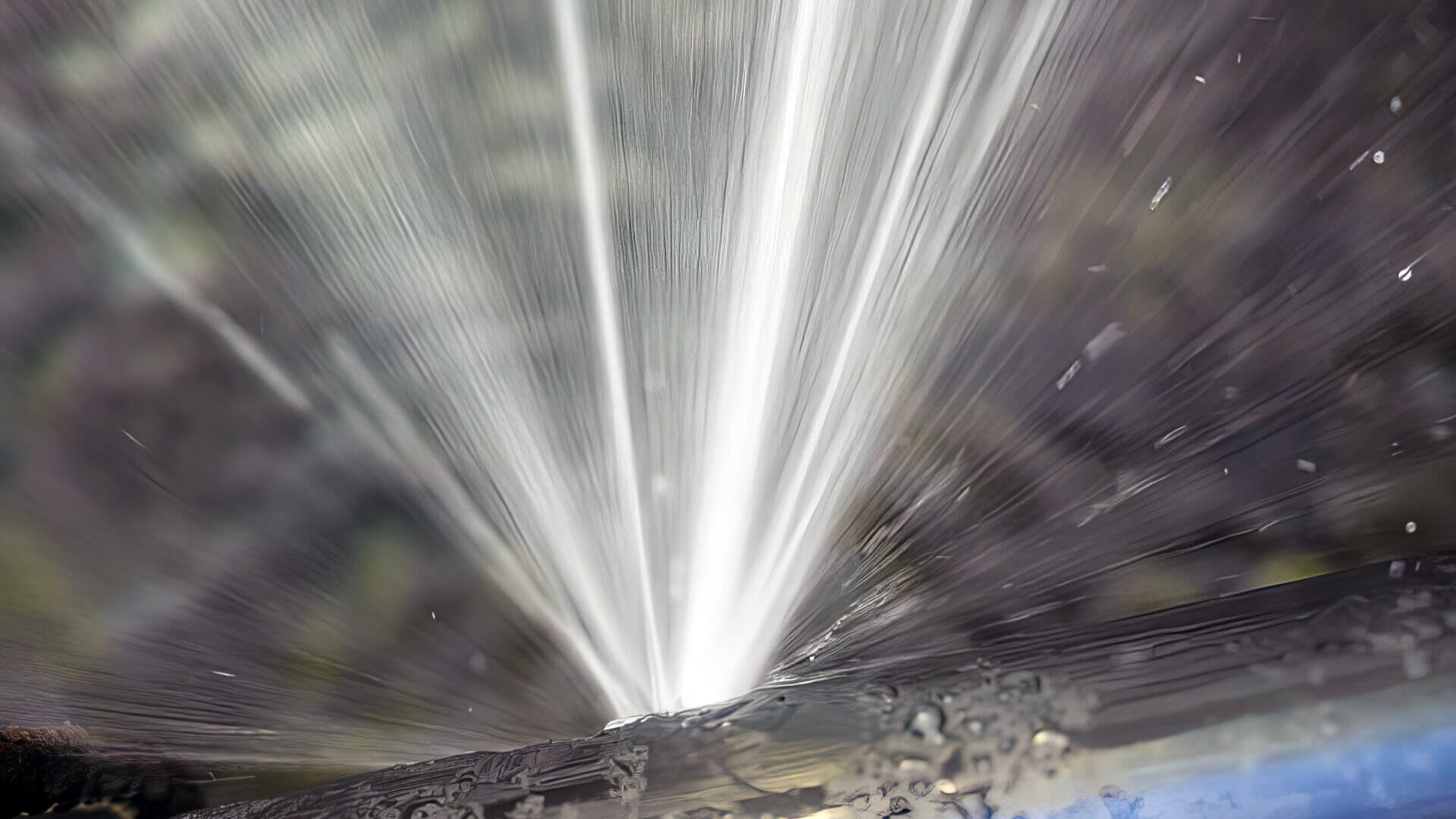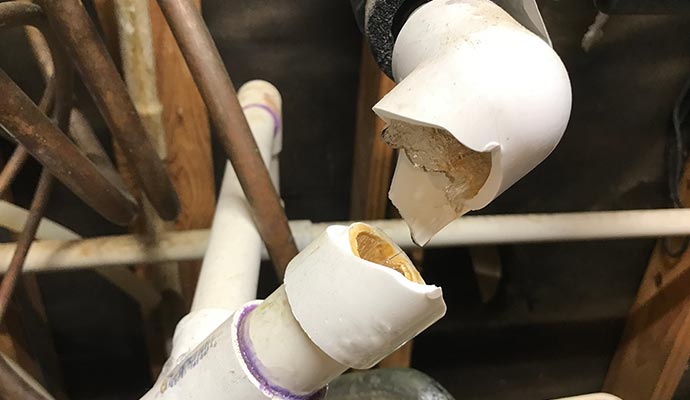Burst Pipe Insurance Claims: What You Need to Know for Water Damage Coverage
Burst Pipe Insurance Claims: What You Need to Know for Water Damage Coverage
Blog Article
Protecting Against Ruptured Pipeline: Important Tips to Shield Your Pipes
Protecting against ruptured pipelines is a critical worry for home owners, specifically during chillier months when the threat of cold is heightened. Carrying out tactical procedures such as correct insulation, routine inspections, and maintaining regular indoor temperatures can dramatically reduce the probability of pipeline failing. In addition, understanding emergency situation treatments gears up house owners to respond quickly to potential plumbing issues. Many are unaware of the specific vulnerabilities that their pipelines might face. Exploring these susceptabilities can provide indispensable insights into guarding your plumbing system efficiently.
Understand Pipeline Vulnerabilities
Understanding pipeline vulnerabilities is vital for efficient pipes maintenance and protecting against costly damages. A number of variables add to the vulnerability of pipelines to bursts, consisting of product composition, age, and ecological problems. Older pipes, particularly those made from galvanized steel or polybutylene, often break down with time, causing enhanced risk of leakages and tears.
Temperature level fluctuations can likewise dramatically effect pipeline stability. In cooler climates, water trapped in pipelines can ice up, broadening and exerting stress on the pipe wall surfaces, which might inevitably result in a ruptured. Furthermore, high water pressure can strain pipes, especially at joints and bends, increasing the likelihood of failing.

Insulate Pipes Effectively
Appropriate insulation of pipelines is essential for preventing cold and succeeding bursts throughout cold weather condition (burst pipe). Shielding your plumbing system successfully safeguards versus temperature level goes down that can lead to pricey damages. Begin by recognizing at risk locations where pipes are revealed to outdoor temperatures, such as cellars, attic rooms, and outside walls
Usage foam pipeline insulation sleeves or cover insulation tape around these areas to offer a safety obstacle. Ensure that all sections of the pipes, particularly those with restricted warmth exposure, obtain adequate insulation. Pay unique interest to joints and installations, as these are a lot more vulnerable to freezing.
When insulating, it's necessary to pick materials that meet regional building regulations and are appropriate for the certain environment. For instance, fiberglass insulation is frequently recommended for its thermal resistance buildings - burst pipe. Additionally, take into consideration making use of warm cords or tape in severe conditions, which can be plugged in to provide supplementary warm
Consistently inspect insulated pipelines for any indicators of wear or damages, as endangered insulation can reduce its effectiveness. By taking these aggressive steps, you substantially minimize the risk of pipeline bursts, making certain a reliable pipes system throughout the winter season.
Maintain Constant Temperature Level
A steady interior temperature level is necessary for avoiding burst pipelines throughout the freezing months. When temperature levels drop, water within pipes can freeze, increasing and developing pressure that might ultimately trigger the pipelines to ruptured. To mitigate this danger, property owners need to keep a regular temperature throughout their space, ideally no reduced than 55 ° F(13 ° C)Using a programmable thermostat can help take care of indoor temperature levels effectively, ensuring that spaces with pipes continue to be cozy also when your home is vacant. Pay unique interest to areas that are a lot more at risk to chilly, such as garages, attic rooms, and cellars. Keeping cabinet doors open under sinks can also enable warmer air from the home to distribute around plumbing.
This small circulation of water can protect against cold by easing stress within the pipes. By applying these methods, house owners can substantially lower the danger of pipe bursts and secure their plumbing systems versus the rough winter components.
Consistently Inspect Pipes
Normal evaluations of pipes systems are essential for stopping burst pipes and keeping overall home stability. During these evaluations, it her comment is here is essential to try here analyze visible pipes for indications of rust, leaks, or use.
Furthermore, inspecting connections and joints is essential, as these factors are frequently susceptible to leakages. House owners need to also evaluate water pressure degrees, as extreme pressure can stress the pipes system and enhance the threat of pipe bursts.
Consider scheduling professional plumbing examinations at least when a year, especially before winter months, to guarantee your system is prepared for colder temperatures. By being proactive in your approach, you can guard your home versus the disruptive and pricey consequences of ruptured pipelines.
Know Emergency Situation Treatments
Understanding emergency treatments is important for every homeowner, specifically after conducting regular pipes inspections. Being prepared for a plumbing emergency situation can considerably minimize damages and conserve expenses.
Next, keep crucial devices useful. A plumbing emergency set should consist of a wrench, bettor, and towels, as well as a flashlight and a container for little leaks. Additionally, think about having the call info for a trusted plumber easily offered, should the situation escalate past your control.
If you detect a leak or burst pipe, immediately switch off the supply of water and inform your plumbing technician. Document the damage with pictures for insurance purposes. Understand the indications of prospective pipes issues, such as unusual water pressure fluctuations or damp spots on walls
Ultimately, proactive knowledge and swift action are essential in handling plumbing emergencies, ensuring your home stays secured and decreasing possible damages.

Conclusion
To conclude, preventing ruptured pipes requires a multifaceted strategy that includes understanding pipeline susceptabilities, correct insulation, preserving constant indoor temperatures, regular evaluations, and expertise of emergency situation treatments. By applying these essential methods, the risk of pipes failings can be considerably minimized, thereby making certain the durability and efficiency of the plumbing system. Positive procedures not just guard versus potential damage however likewise add to general water preservation and the defense of home.
In chillier environments, water trapped in pipes can freeze, exerting and broadening stress on the pipeline wall surfaces, which may eventually lead to a ruptured. When temperatures drop, water within pipes can ice up, expanding and creating pressure that might ultimately trigger find more info the pipes to ruptured. By carrying out these approaches, home owners can substantially minimize the risk of pipeline ruptureds and secure their plumbing systems versus the rough wintertime elements.

Report this page